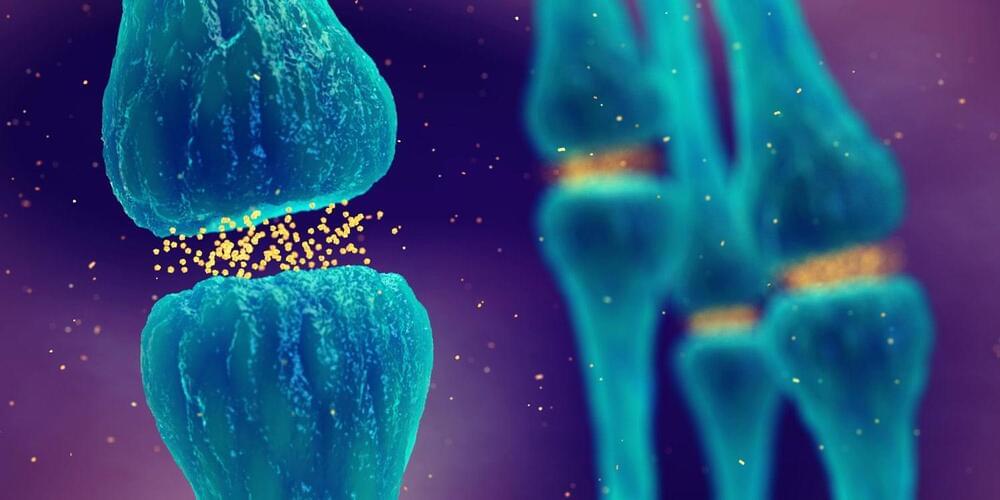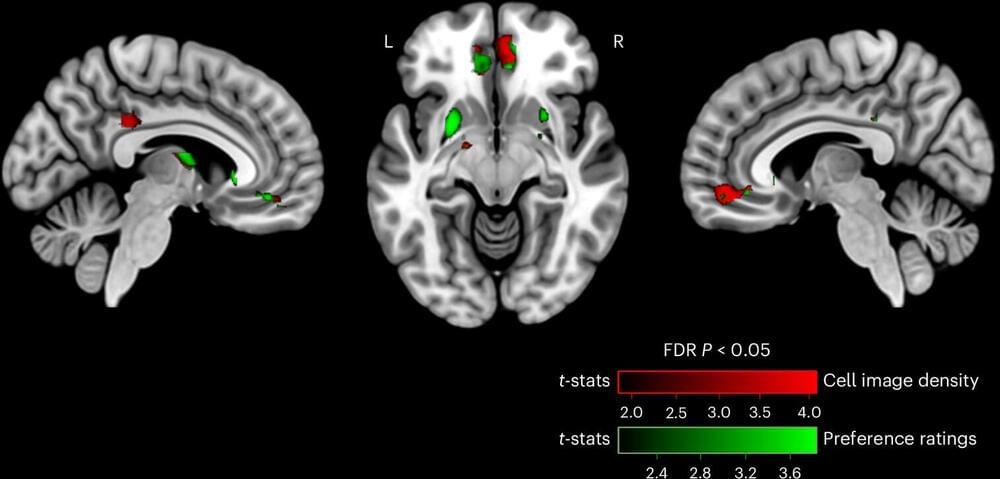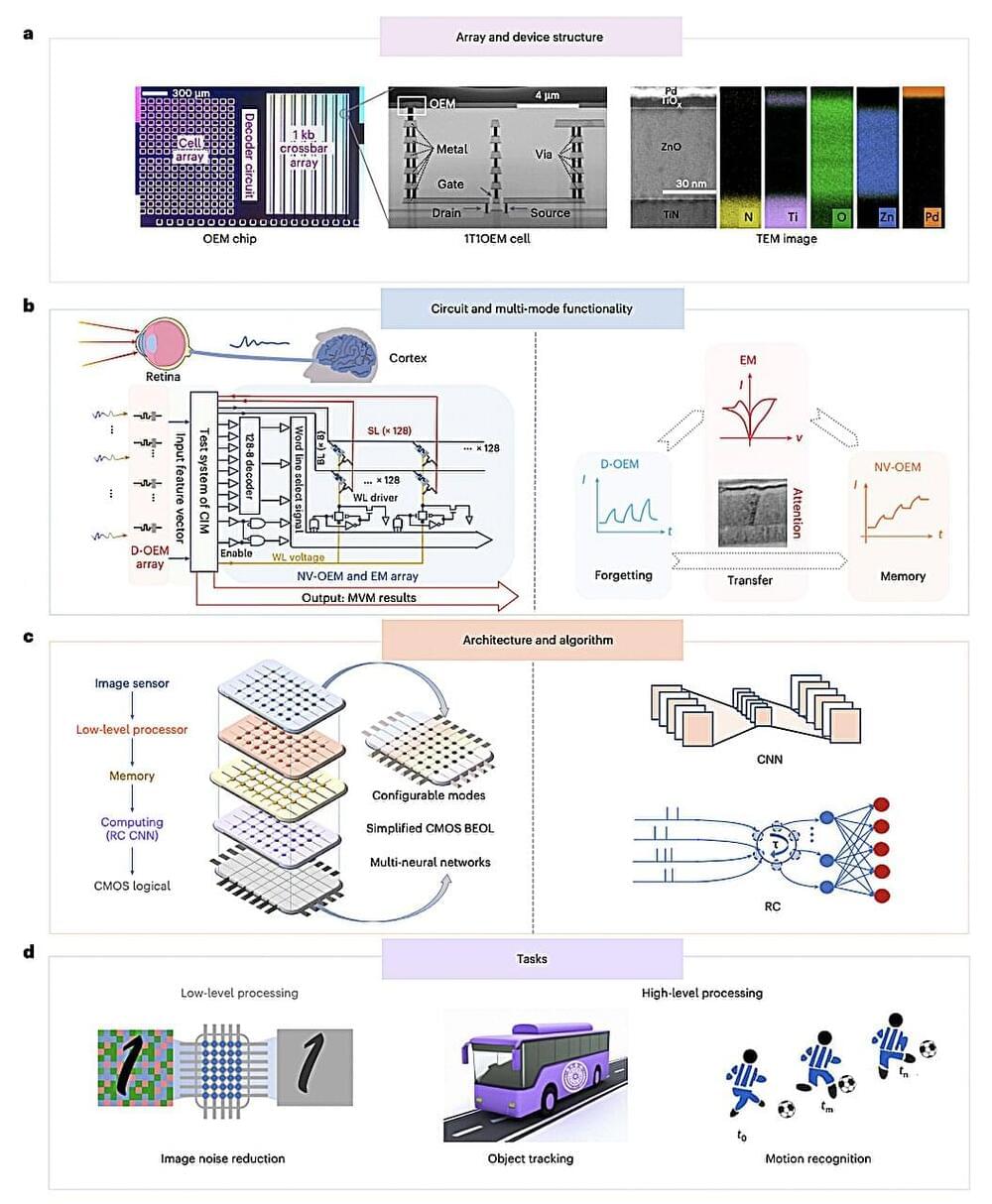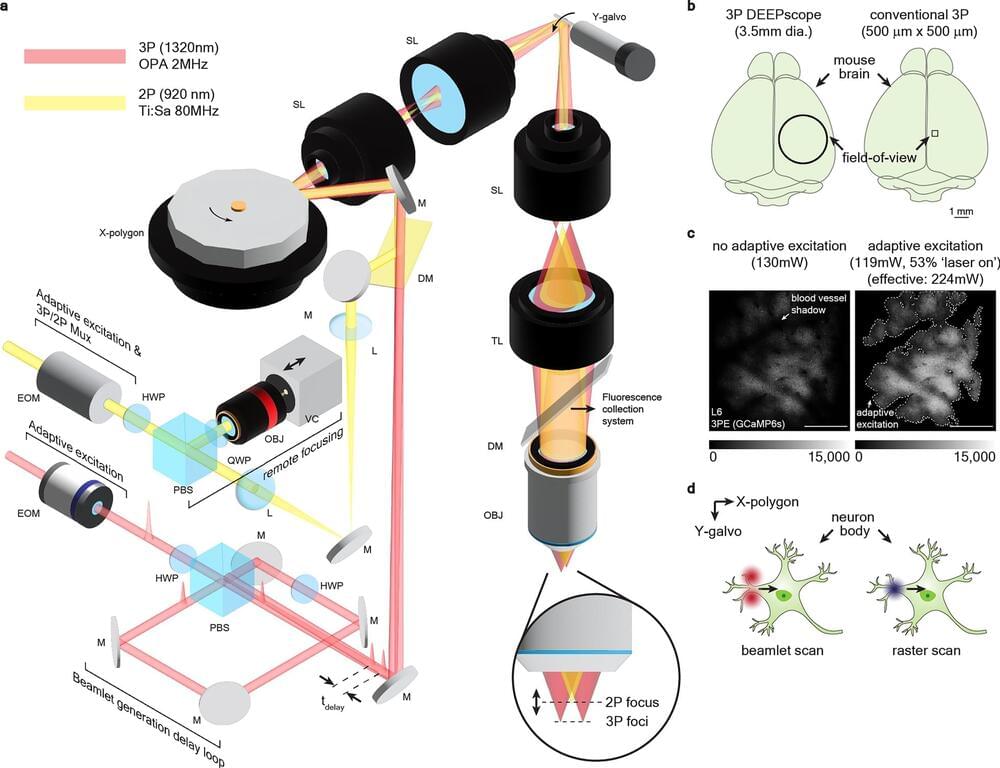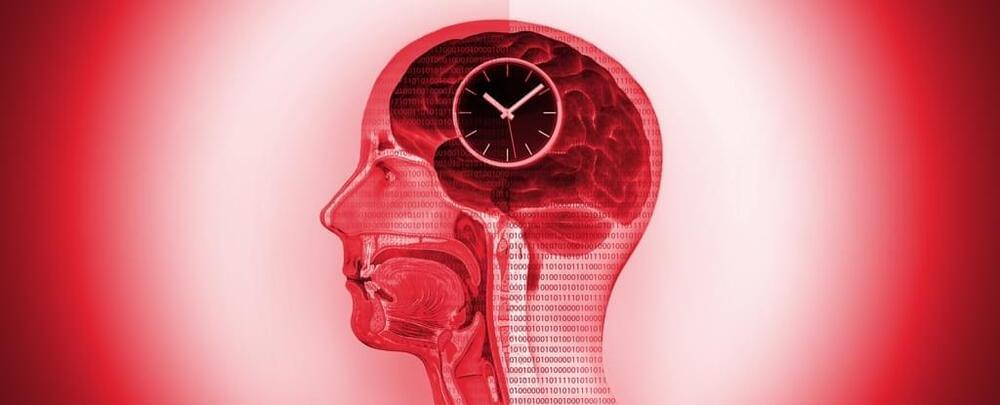Researchers found that methamphetamine and PCP cause a phenomenon known as neurotransmitter switching, impairing memory. This change is reversible, pointing to potential treatments for drug-induced cognitive deficits and related neuropsychiatric conditions.
Category: neuroscience – Page 45
A fascinating new study published in Communications Biology has revealed a connection between the brain’s dynamic activity and states of consciousness.
Blame is better to give than recieve
Freewill — Rush. This belongs to anthem records this is not my property and this is only being used for entertainment purposes.
As we move into 2025, mental health continues to be a vital aspect of overall well-being in an increasingly fast-paced and complex world.
- CBT-based exercises that help users manage anxiety, depression, and emotional stress.
- Daily check-ins with an AI chatbot to track moods and thoughts, enabling users to gain insights into their emotional health.
- Progress tracking to help users monitor improvements and identify recurring mental health challenges.
Urbanization, the process by which cities and towns expand in size and population, is rapidly advancing globally, and the percentage of people living in urban environments has increased from 33% in 1960 to 57% in 2023.
Now, researchers from Michigan State University are the first to measure brain activity to make predictions that could help inform enhanced urban planning and design that addresses the well-being of residents and visitors.
Dar Meshi, an associate professor in the Department of Advertising and Public Relations and director of the Social Media and Neuroscience Lab at MSU, led the study, which was recently published in the journal Nature Cities and included collaborators from the University of Lisbon in Portugal. Together, they found that the brain’s reward system can shape human behavior within urban environments and aid in designing cities that promote sustainable living.
Researchers at Karolinska Institutet and Karolinska University Hospital have developed a microscopy method that enables detailed three-dimensional (3D) RNA analysis at cellular resolution in whole intact mouse brains. The new method, called TRISCO, has the potential to transform our understanding of brain function, both in normal conditions and in disease, according to a new study published in Science.
Despite great advances in RNA analysis, linking RNA data to its spatial context has long been a challenge, especially in intact 3D tissue volumes. The TRISCO method now makes it possible to perform three-dimensional RNA imaging of whole mouse brains without the need to slice the brain into thin sections, which was previously necessary.
“This method is a powerful tool that can drive brain research forward. With TRISCO, we can study the complex anatomical structure of the brain in a way that was previously not possible,” says Per Uhlén, professor at the Department of Medical Biochemistry and Biophysics, Karolinska Institutet, and the study’s last author.
In vivo imaging of large-scale neuronal activity plays a pivotal role in unraveling the function of the brain’s circuitry. Multiphoton microscopy, a powerful tool for deep-tissue imaging, has received sustained interest in advancing its speed, field of view and imaging depth. However, to avoid thermal damage in scattering biological tissue, field of view decreases exponentially as imaging depth increases. We present a suite of innovations to optimize three-photon microscopy for large field-of-view imaging at depths unreachable by two-photon microscopy. These techniques enable us to image neuronal activities of transgenic animals expressing protein calcium sensors in a ~ 3.5-mm diameter field-of-view with single-cell resolution in the deepest cortical layer of mouse brains.
Scientists looking to tackle our ongoing obesity crisis have made an important discovery: Intermittent calorie restriction leads to significant changes both in the gut and the brain, which may open up new options for maintaining a healthy weight.
Researchers from China studied 25 volunteers classed as obese over a period of 62 days, during which they took part in an intermittent energy restriction (IER) program – a regime that involves careful control of calorie intake and relative fasting on some days.
Not only did the participants in the study lose weight – 7.6 kilograms (16.8 pounds) or 7.8 percent of their body weight on average – there was also evidence of shifts in the activity of obesity-related regions of the brain, and in the make-up of gut bacteria.
MetaShape’s PNP inhibitor technology aims to restore NAD+ levels to combat LDL cholesterol, cognitive decline and neurodegeneration.
